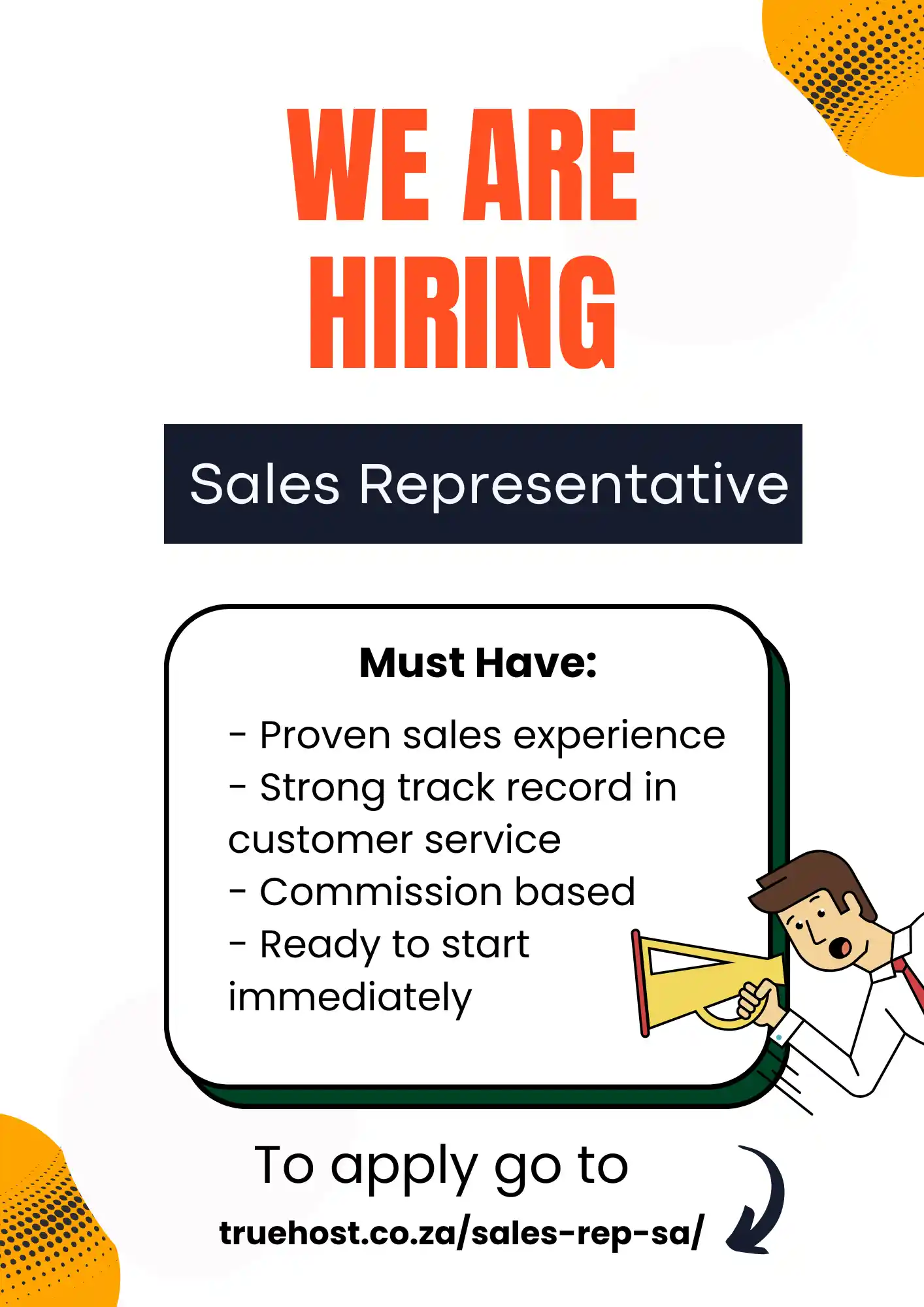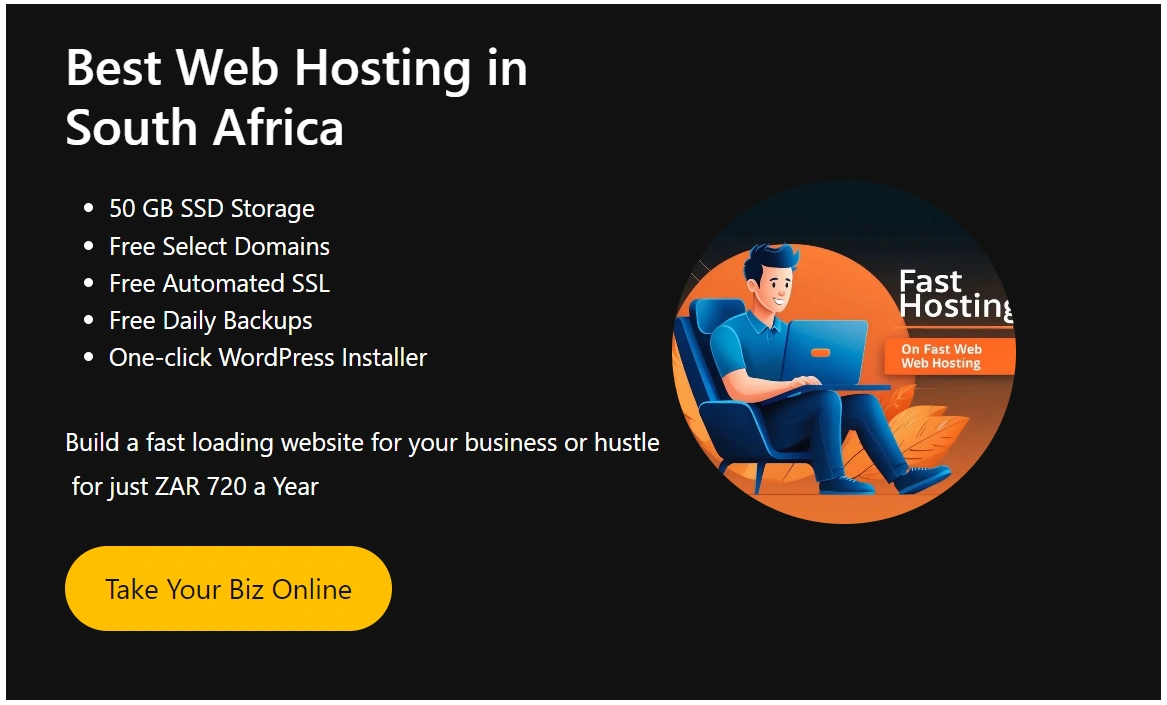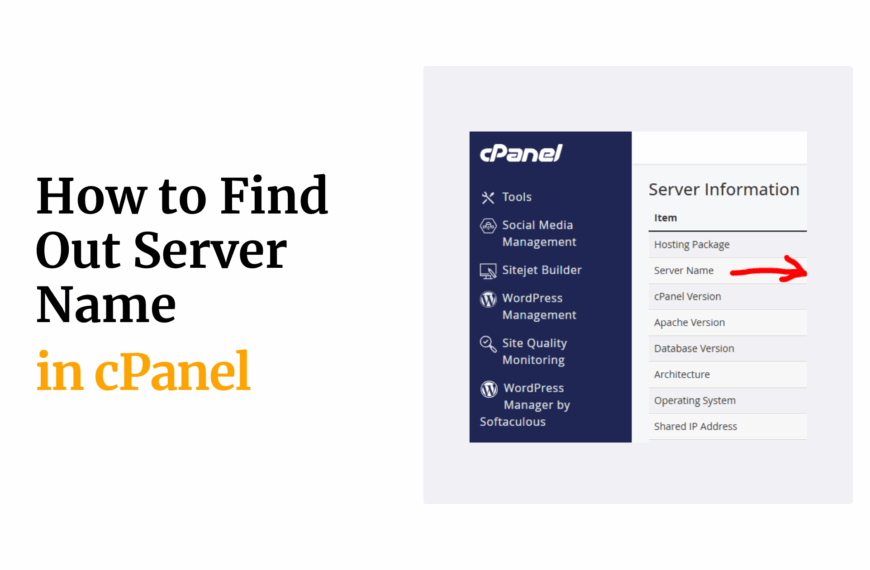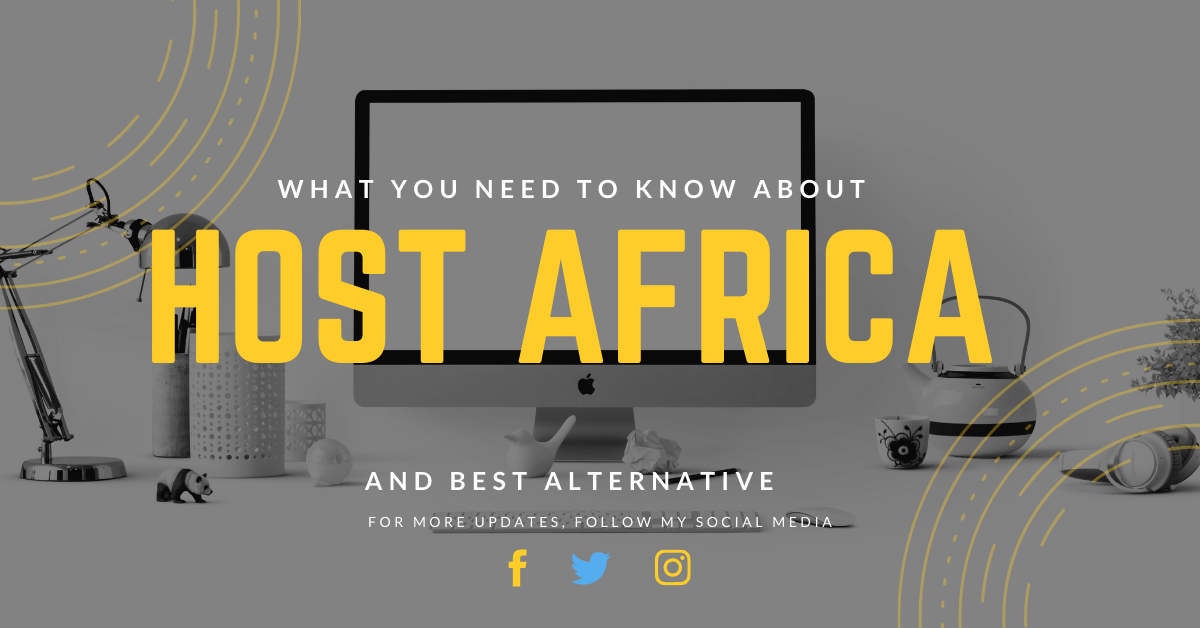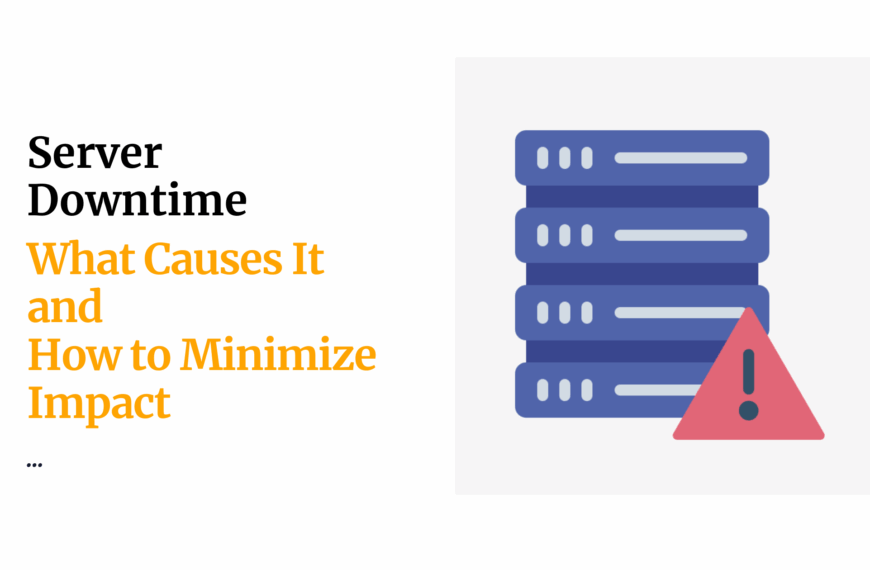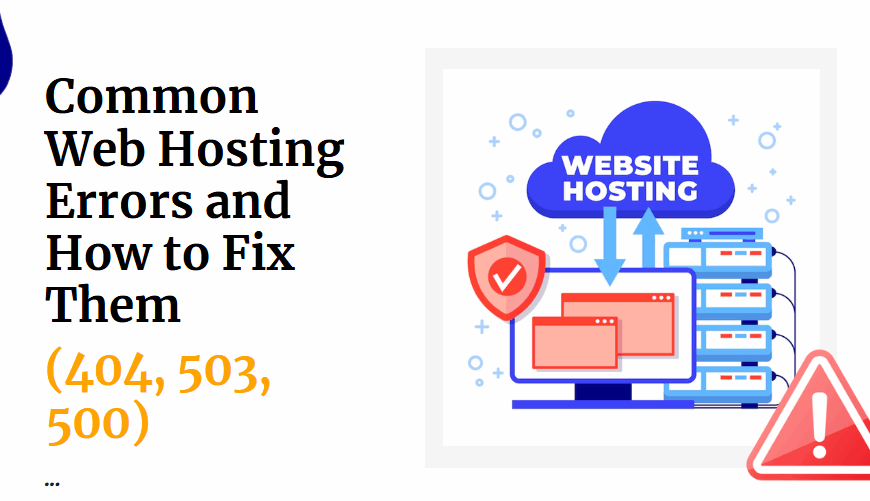Last updated on July 30th, 2025 at 11:46 am
Want to learn how to login to cPanel? This post is perfect for you.
Think of cPanel as the command center of your website, the place where everything happens behind the scenes.
Regardless of whether you’re building your first blog, setting up custom email addresses, or installing WordPress, cPanel is where it all begins.
If you’re feeling unsure or it’s your first time, don’t worry. This guide walks you through the step-by-step process of logging in to cPanel.
It’s simple, and by the end, you’ll feel more confident managing your website on your own.
Table of Contents
What is cPanel?
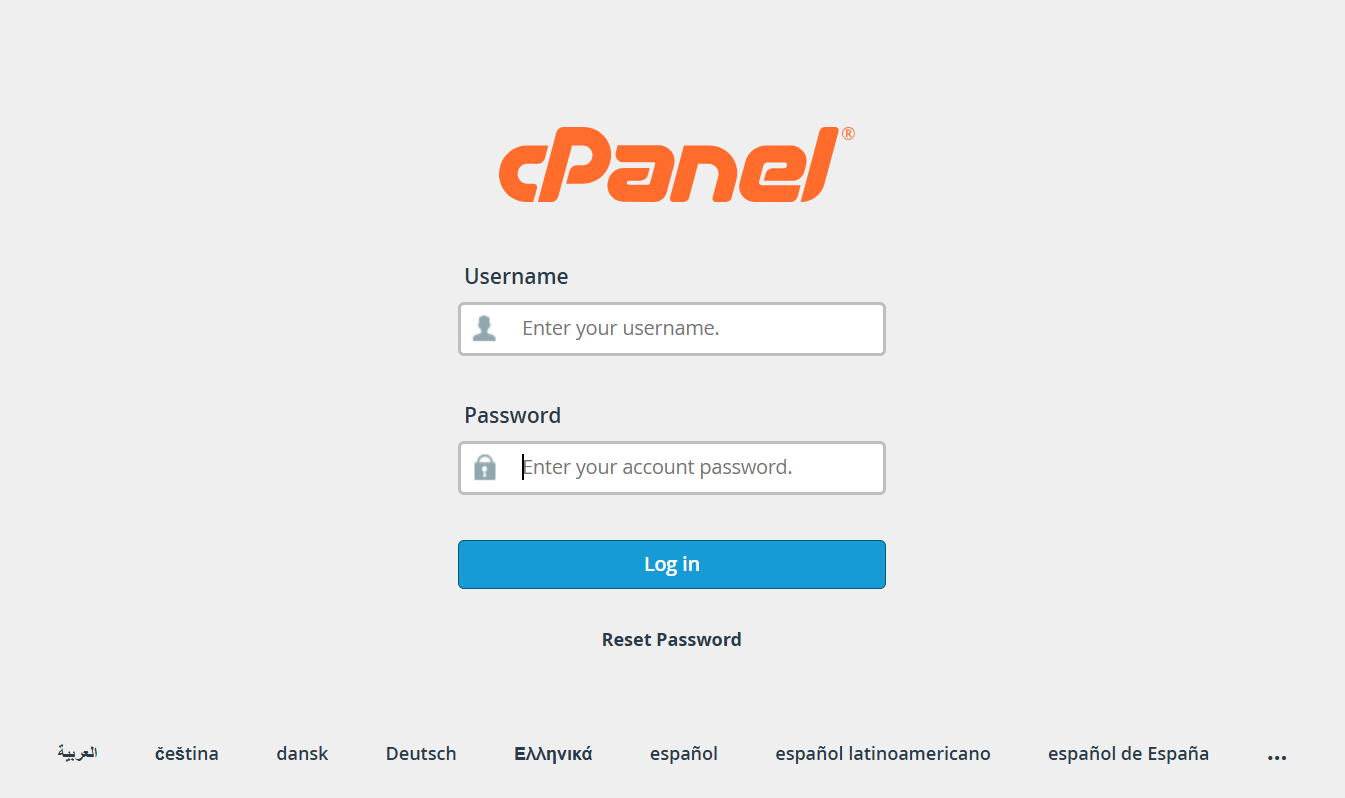
cPanel is a popular web hosting control panel. It features a user-friendly interface that enables you to manage all aspects of your website and hosting account without requiring complex technical knowledge.
Why You Need to Access cPanel
If you own a website, you’ll likely find yourself using cPanel often. It’s the main hub where you manage everything related to your hosting.
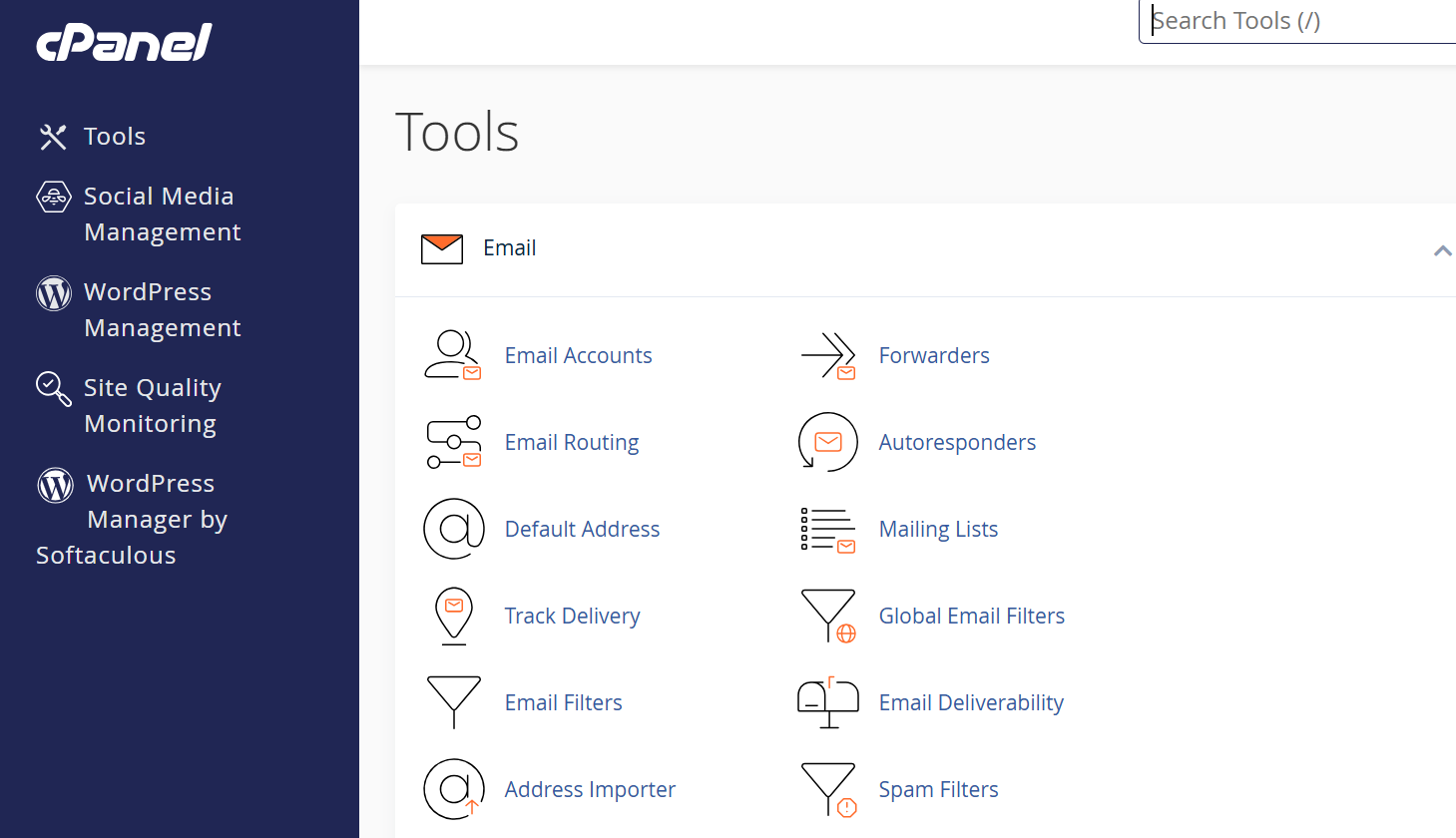
Here’s what you can do once you’re inside:
- Install WordPress with just a few clicks, no coding needed
- Upload and manage your website files using the File Manager
- Create professional email addresses like [email protected]
- Track your website traffic, visitors, and resource usage
- Secure your site with an SSL certificate for that trusted padlock icon
In short, cPanel gives you full access to the tools you need to run and grow your website, all in one place.
Whether you’re just starting or you’ve been online for a while, learning how to use cPanel is key to taking control of your website.
3 Easy Ways to Login to cPanel
There’s more than one way to access your cPanel, and knowing all your options can save time, especially if you ever get stuck or your domain isn’t fully set up yet.
Let’s go through the three most common and reliable methods.
1) Login via the Client Area
If your hosting provider gives you access to a client dashboard, like Truehost SA does, this is often the quickest and easiest way to log into cPanel.
You don’t need to remember separate cPanel login credentials because everything is connected in one place.
For Truehost SA clients, follow these steps:
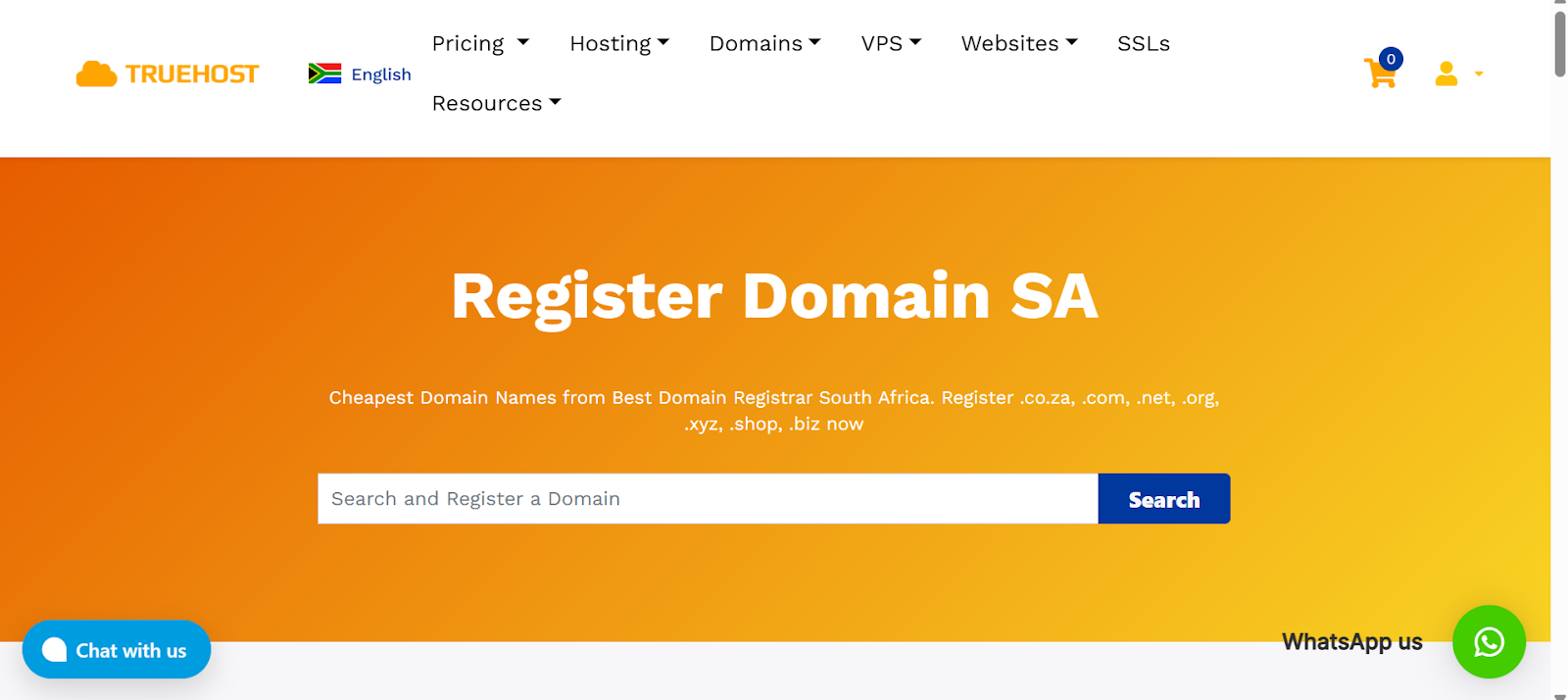
- Go to the Truehost SA Client Area
- Log in using your email and password
- Click on “Services” from the dashboard
- Select the hosting package you want to manage
- Scroll down and click “Login to cPanel.”
And that’s it, you’ll be instantly logged in to cPanel without typing in your username or password again.
If you’re using another hosting provider that supports cPanel, look for a similar login flow within their client portal. Most modern web hosts offer a one-click login to cPanel from your account dashboard.
This method is perfect for beginners. There is no technical setup required, and no need to hunt down separate login links or credentials.
2) Login Using a Direct cPanel URL
If you prefer going straight to the source, you can access cPanel using your domain name.
The format looks like this:
The easiest way to access your cPanel is by using your domain name.

Just type your domain into the browser, followed by /cpanel.
For example:
- yourdomain.co.za/cpanel
- example.co.za/cpanel
Once the page opens:
- Enter your cPanel username and password (you’ll find these in the welcome email from your hosting provider)
- Click Log In
That’s it, you’re now inside cPanel and ready to manage your website, emails, files, and more.
This method is great for direct access, especially if you manage multiple websites or log in often.
3) Login via IP Address (Advanced Users)
If your domain hasn’t fully propagated yet, maybe because it’s brand new or the DNS is still updating, you can still access cPanel using the server’s IP address.
Use this Format
To access cPanel, open your web browser and type the following in the address bar:
https://your-server-IP:2083
Make sure to replace your-server-IP with the actual IP address you received in your hosting welcome email or account details.
After entering the address:
- The cPanel login page will appear
- Type in your username and password
- Click the Log In button
This option works best if your domain name hasn’t gone live yet, such as right after buying a hosting plan.
Once you’re in cPanel, you’ll have full control over your website.
You can install software, manage emails, upload files, and much more, all from one place.
Forgot Your cPanel Login Details?
It’s okay, forgetting your cPanel login happens to the best of us.
Here’s how you can recover access:
- Log in to your hosting provider’s client area or dashboard
- Go to Services or My Hosting
- Select the hosting package linked to your domain
- Look for an option to reset your cPanel password
- You can also check your inbox for a welcome email. It’s usually titled something like “Your Hosting Details” and includes your login info
Still can’t find what you need? Reach out to your hosting provider’s support team. Most offer 24/7 assistance.
Whether you’re with Truehost SA, Bluehost, Namecheap, or another provider, help is just a few clicks away.
What if You Can’t Log In? Troubleshooting Tips
Sometimes logging into cPanel doesn’t go as smoothly as expected. Don’t worry, here are some common issues and how to fix them:
1) You Entered the Wrong Username or Password
It happens to the best of us. Here’s what to check:
- Make sure you’re typing the correct login details. Passwords are case-sensitive.
- If you copied and pasted your password, double-check that you didn’t add an extra space by accident.
- Forgot your password? You can reset it through your Truehost SA Client Area or simply contact their support team for help.
2) Your Domain Isn’t Fully Set Up Yet
If you’ve just bought your domain or recently changed nameservers, it might take time before everything works properly.
- DNS updates can take anywhere from 24 to 48 hours to fully reflect across the internet.
- During this time, logging in using your domain (like yourdomain.co.za/cpanel) might not work.
What to do:
Use the IP address method to log in while you wait for things to update. It’s more reliable during propagation.
3) Your IP Address or Port Is Blocked
In some cases, your internet provider or local firewall might block the ports that cPanel uses (like 2082 or 2083).
- This can stop the login page from loading at all.
Try this instead:
- Use yourdomain.co.za/cpanel link. It works over standard web ports, which are rarely blocked.
- If that still doesn’t work, switch to another internet connection or device.
- You can also reach out to Truehost SA support. Sometimes, your IP may be temporarily blocked for security reasons, and they can help lift the block.
4) Your Browser Is Holding Onto Old Data
Browsers store cache and cookies to load sites faster, but sometimes, they hold outdated data that interferes with login pages.
Quick fix:
Clear your browser’s cache and cookies, then try logging in again.
5) Truehost SA Is Doing Server Maintenance
At times, scheduled maintenance may temporarily block access to cPanel.What you can do:
Check for any maintenance updates from Truehost SA, or contact support to confirm if work is being done on the server.
Securing Your cPanel Account
Once you’re logged in, it’s a good idea to take steps to secure your cPanel account:
- Use a Strong Password:
Always use a unique, complex password with a mix of uppercase and lowercase letters, numbers, and symbols.
- Enable Two-Factor Authentication (2FA):
This adds an extra layer of security. Even if someone gets your password, they can’t log in without a code from your phone. Many cPanel installations offer this.
- Regular Backups:
Make sure your website files and databases are backed up regularly. Truehost SA often provides backup solutions.
👉 New to WordPress? Check out our guide: How to Install WordPress on Truehost
Conclusion
Knowing how to log in to cPanel is the first step to managing your website like a pro. Whether you’re uploading files, creating emails, or installing apps, cPanel makes it easy.
If you’re a Truehost SA customer, we’ve made the process even easier through your dashboard. Just log in, click, and go!
We at Truehost SA are here to support you every step of the way.
Try our Web Hosting with Free cPanel Access. Get Started Now
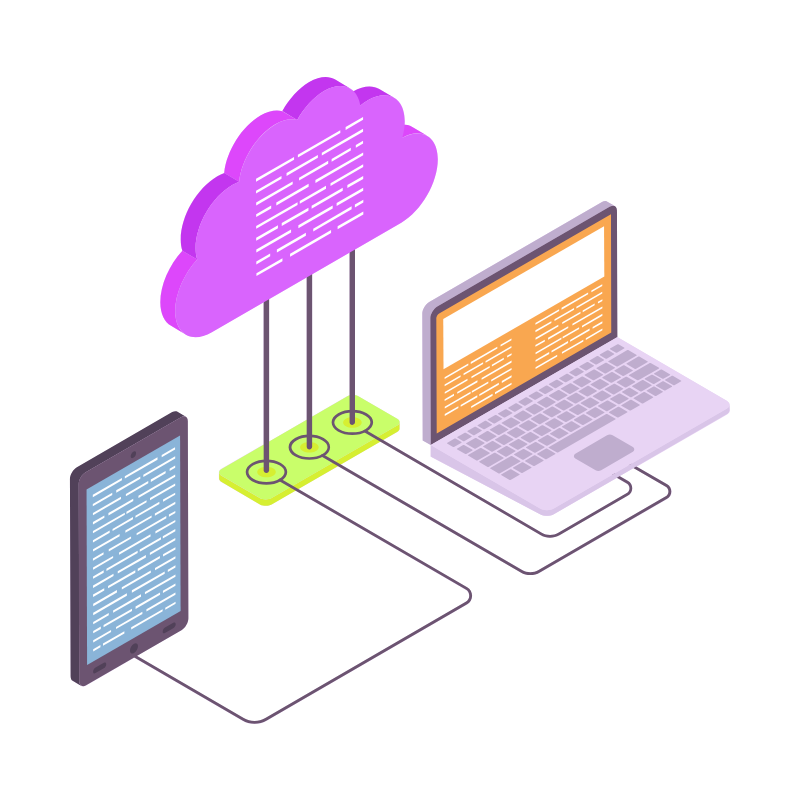 Web Hosting
Web Hosting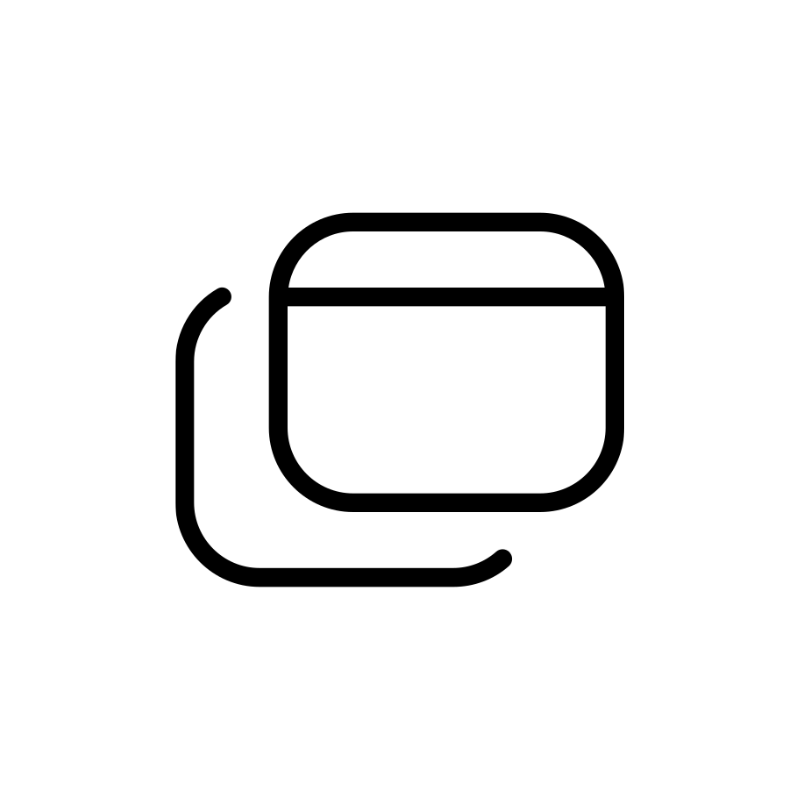 Windows HostingBuilt for Windows apps and websites – stability, speed and flexibility
Windows HostingBuilt for Windows apps and websites – stability, speed and flexibility Reseller HostingLaunch a hosting business without technical skills or expensive infrastructure
Reseller HostingLaunch a hosting business without technical skills or expensive infrastructure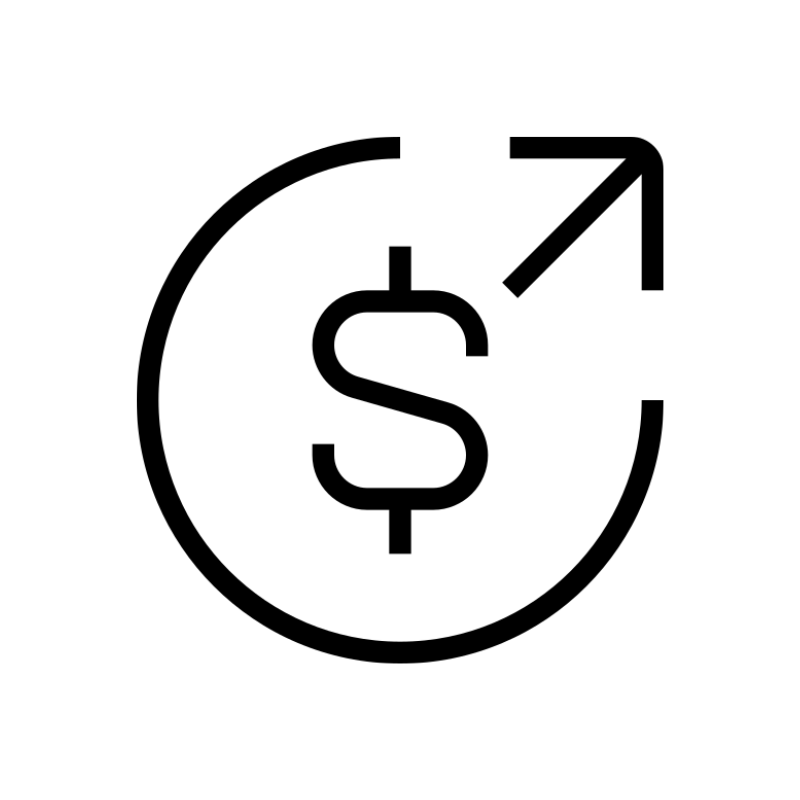 Affiliate ProgramRefer customers and earn commissions from sales across our platform
Affiliate ProgramRefer customers and earn commissions from sales across our platform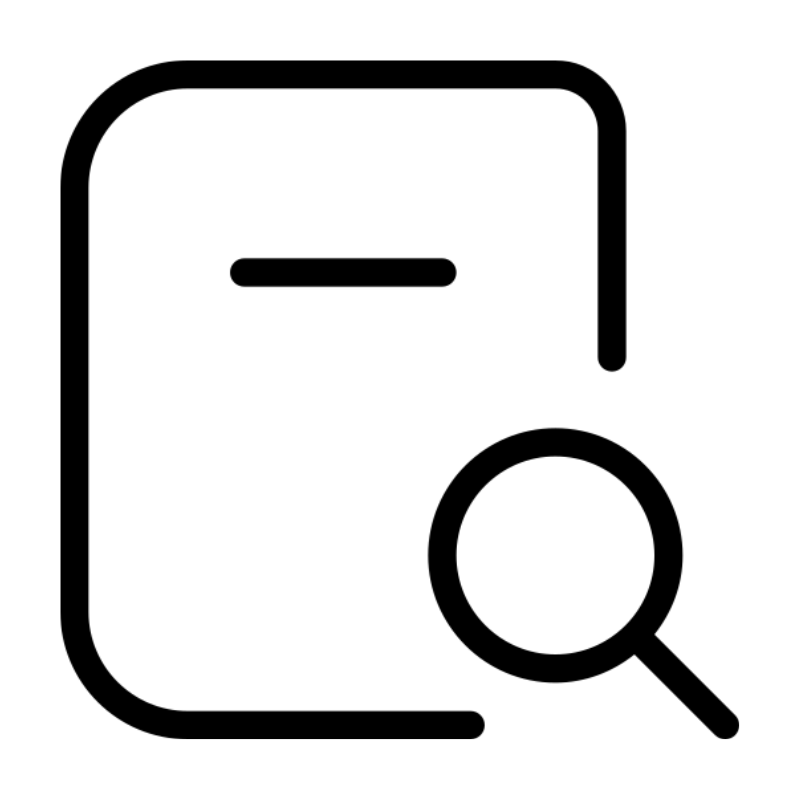 Domain SearchFind and secure a domain name in seconds with our quick lookup tool
Domain SearchFind and secure a domain name in seconds with our quick lookup tool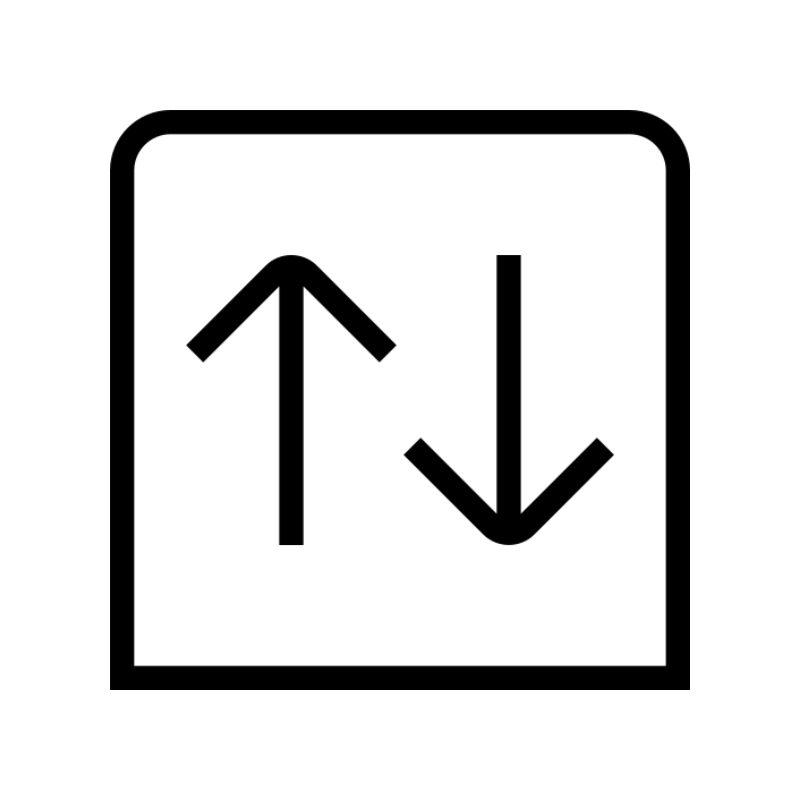 CO ZA Domains
CO ZA Domains All DomainsExplore domain names from over 324 TLDs globally – all in one place
All DomainsExplore domain names from over 324 TLDs globally – all in one place Free Whois Lookup Tool South Africa
Free Whois Lookup Tool South Africa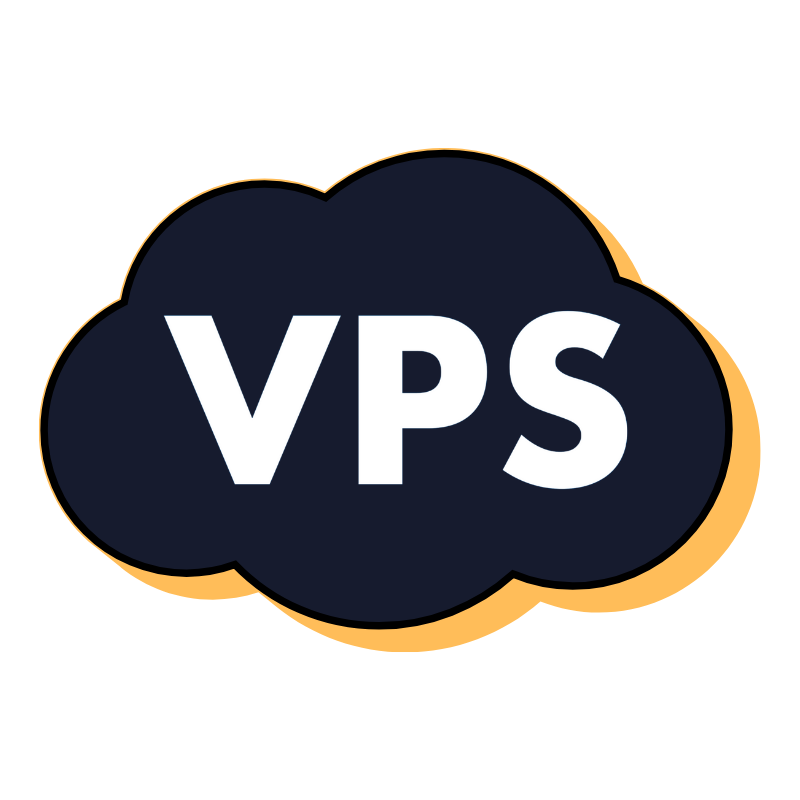 VPS
VPS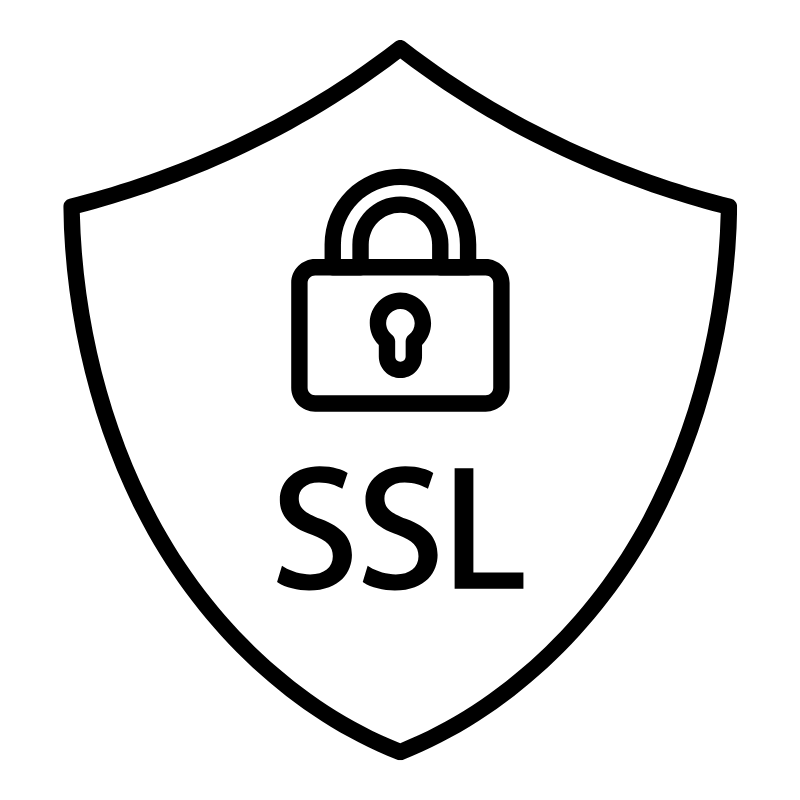 SSLs
SSLs